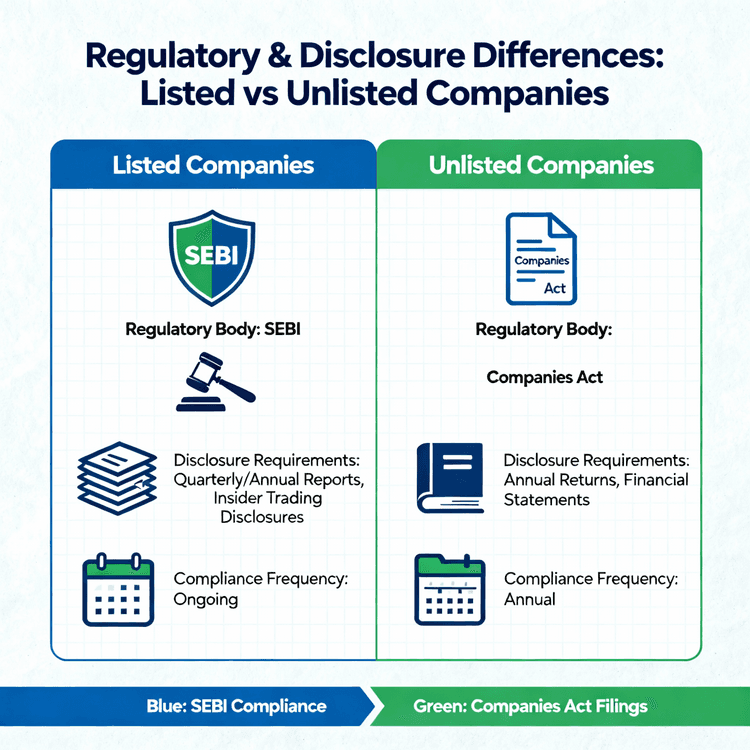
Crude oil futures experienced a notable increase following a new trade agreement between the US and EU, signaling potential shifts in global energy demands. Simultaneously, trading on the National Commodity and Derivatives Exchange (NCDEX) saw cottonseed oilcake contracts decline, reflecting nuanced market adjustments across commodity sectors. These developments underscore the complex interplay of international trade policies and commodity market behavior.
The commodity market is currently witnessing significant activity, particularly in the energy sector, as crude oil futures reacted positively to the recently announced trade agreement between the United States and the European Union. The deal, which aims to recalibrate trade relations, has sparked optimism, leading to increased futures trading.
At 9.58 am on Monday, October Brent oil futures were recorded at $67.91, marking a 0.37 per cent increase, while September crude oil futures on WTI (West Texas Intermediate) also saw a 0.37 per cent rise, trading at $65.40. These upticks reflect market anticipation of potential shifts in energy demand influenced by the new trade dynamics.
However, not all commodities are experiencing the same upward trajectory. On the National Commodity and Derivatives Exchange (NCDEX), August cottonseed oilcake contracts saw a downturn. During the initial trading hour on Monday, the contracts were trading at ₹3186, a decrease of 0.96 per cent compared to the previous close of ₹3217. This decline suggests adjustments in the agricultural commodity sector, possibly influenced by local supply-demand factors and investor sentiment toward specific agricultural products.
In related news impacting the broader energy market, the US-EU trade agreement introduces a 15 per cent tariff on European exports to the US, a less severe outcome than the previously threatened 30 per cent tariff. Moreover, the EU has committed to increasing its purchases of US energy and military equipment, signaling a strategic shift in energy sourcing and transatlantic cooperation. Warren Patterson and Ewa Manthey from ING Think highlighted that the EU's ongoing efforts to reduce dependency on Russian natural gas, aiming to end all Russian gas imports by 2027, are expected to further drive up demand for US energy resources.
Meanwhile, market participants are keenly awaiting the upcoming OPEC+ meeting on August 3, where decisions on September output levels will be made. There is growing speculation that OPEC+ may announce another substantial supply hike for September, encouraged by the resilience of oil prices despite recent supply increases. Analysts predict that OPEC+ will likely complete the full return of 2.2 million barrels a day of additional voluntary supply cuts by the end of September, potentially leading to a supply hike of at least 280,000 barrels a day. Some analysts foresee room for an even more aggressive increase, depending on global economic conditions and energy demand projections.
On the other hand, August natural gas futures on MCX were trading higher at ₹275.30, up by 0.69 per cent, while August turmeric futures on NCDEX experienced a decline, trading at ₹12862, down by 0.73 per cent.
These market movements reflect a complex interplay of global trade policies, strategic energy shifts, and localized supply-demand dynamics. Investors and stakeholders are closely monitoring these developments to adapt their strategies accordingly, underscoring the fluid and interconnected nature of the commodity market. The contrasting trends observed across different commodity sectors highlight the importance of diversified investment approaches and continuous market monitoring to navigate the evolving landscape.
.avif&w=128&q=75)

